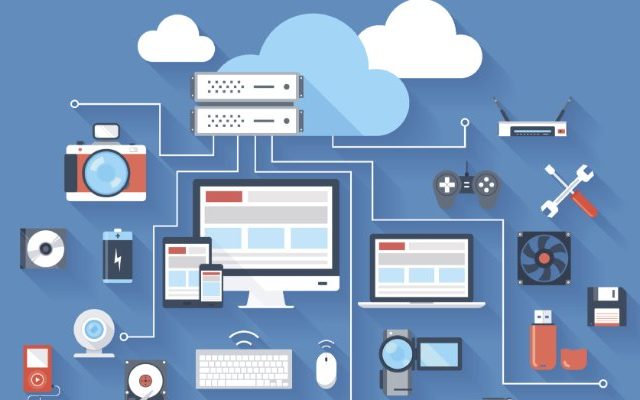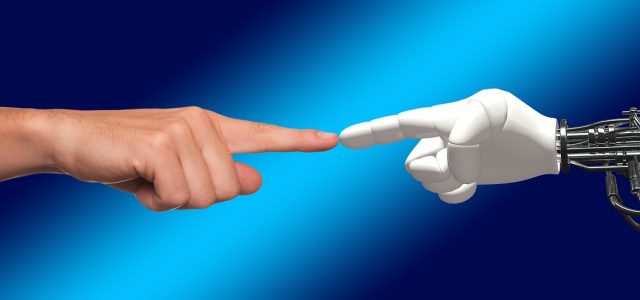By 2008, there were more “things” connected to the Internet than people. By 2020, the amount of Internet-connected things will reach 50 billion, with $19 trillion in profits and cost savings coming from IoT over the next decade.
With all the buzz and buzz words like IoT, embedded technology, wireless technology, sensors, beacons, interfaces, integration and connected devices, what does it all mean?Simply stated, the IoT is the the connection of any device with an on and off switch to the Internet, and/or to each other.
This can be as straight-forward and personal as connecting your phone to your car to enable hands free driving, using a Fitbit to monitor your fitness progress and speaking into your Apple watch to set a meeting reminder on your calendar.
The IoT can also be much more complex. For example, imagine airlines having less downtime due to a reduction in needed maintenance repairs because engine sensors report wear and tear before failure of a part or cities where accidents can be better prevented and costs of replacement lights lowered as road light longevity is understood and DOT (Department of Transportation) resources can service the right street lights first. There are also applications for the Internet of Industrial or Big Things where firms like GE are connecting machinery like HVAC systems on building and power devices to more effectively distribute energy, create efficiencies and manage costs.
One of the key catalysts for the IoT is the means by which communication can now occur between “things.” Wireless protocols like bluetooth and wifi are commonly known and others like Z-wave for home automation and Zigbee are emerging as standards.
Definition of 2 Key Terms
Internet of Things
- A proposed development of the Internet in which everyday objects have network connectivity, allowing them to send and receive data. (Google)
- The network of physical objects—devices, vehicles, buildings and other items—embedded with electronics, software, sensors, and network connectivity that enables these objects to collect and exchange data. (Wikipedia)
Imbedded Technology / Systems
- An embedded system is a computer system with a dedicated function within a larger mechanical or electrical system, often with real-time computing constraints. It is embedded as part of a complete device often including hardware and mechanical parts. (Wikipedia)
- An embedded system is some combination of computer hardware and software, either fixed in capability or programmable, that is specifically designed for a particular function. Industrial machines, automobiles, medical equipment, cameras, household appliances, airplanes, vending machines and toys (as well as the more obvious cellular phone and PDA) are among the myriad possible hosts of an embedded system. Embedded systems that are programmable are provided with programming interfaces, and embedded systems programming is a specialized occupation. (Tech Target)
IoT Statistics (Source: The Motley Fool)
- General Electric estimates that the “Industrial Internet” market, which refers to connected industrial machinery, will add $10 to $15 trillion to the global GDP within the next 20 years. By comparison, the GDP of China is just over $10 trillion, while the U.S. has a GDP of $17 trillion.
- Networking giant Cisco estimates that the number of connected devices worldwide will rise from 15 billion today to 50 billion by 2020. Intel is even more bullish, claiming that over 200 billion devices will be connected by then.
- Research firm IDC estimates that global spending on IoT devices and services will rise from $656 billion in 2014 to $1.7 trillion in 2020.
- According to Harbor Research and Postscapes, the smart-home industry generated $79.4 billion in revenue in 2014.
- By 2020, 90% of cars will be online, compared with just 2% in 2012, according to Spanish telecom provider Telefonica.
- IDC expects global wearable device shipments to surge from 76.1 million in 2015 to 173.4 million units by 2019.
Key Take Aways
The IoT will have a profound impact on how and how well we live. There will be many benefits including:
- greater efficiency
- better management
- improved monitoring
- cost cutting
- time saving
- longevity
- prevention
The IoT will also accelerate our ability to capture, analyze, synthesize, understand and share information like never before. It is imperative that advanced economies bring developing markets along for the ride as the pace of the IoT accelerates. The IoT wave of technology will impact us in ways that change the game.
Additional recommended reading:
Article by channel:
Everything you need to know about Digital Transformation
The best articles, news and events direct to your inbox
Read more articles tagged: Featured, Internet of Things






